-
 Bitcoin
Bitcoin $104,347.2463
2.62% -
 Ethereum
Ethereum $2,477.8449
2.19% -
 Tether USDt
Tether USDt $1.0007
0.03% -
 XRP
XRP $2.1619
3.13% -
 BNB
BNB $642.1880
1.12% -
 Solana
Solana $148.1316
2.30% -
 USDC
USDC $0.9998
-0.02% -
 Dogecoin
Dogecoin $0.1790
4.40% -
 TRON
TRON $0.2775
2.31% -
 Cardano
Cardano $0.6541
4.28% -
 Hyperliquid
Hyperliquid $33.2103
-3.51% -
 Sui
Sui $3.2085
8.85% -
 Chainlink
Chainlink $13.5376
4.67% -
 Avalanche
Avalanche $19.6575
4.42% -
 UNUS SED LEO
UNUS SED LEO $8.9607
1.76% -
 Stellar
Stellar $0.2631
2.08% -
 Bitcoin Cash
Bitcoin Cash $396.8964
2.83% -
 Toncoin
Toncoin $3.1530
3.36% -
 Shiba Inu
Shiba Inu $0.0...01243
3.47% -
 Hedera
Hedera $0.1648
3.03% -
 Litecoin
Litecoin $87.1125
4.25% -
 Polkadot
Polkadot $3.8838
1.42% -
 Monero
Monero $323.7803
2.10% -
 Ethena USDe
Ethena USDe $1.0013
0.02% -
 Bitget Token
Bitget Token $4.5994
1.22% -
 Dai
Dai $0.9999
-0.01% -
 Pepe
Pepe $0.0...01108
3.52% -
 Pi
Pi $0.6241
-0.06% -
 Aave
Aave $250.3047
2.73% -
 Uniswap
Uniswap $5.9819
1.05%
The Yin line breaks the 5-day line with large volume: Should the short-term stop loss?
When a Yin line breaks the 5-day line with large volume in crypto, consider a short-term stop loss, but analyze market context and set it wisely to manage risk effectively.
Jun 04, 2025 at 11:14 am
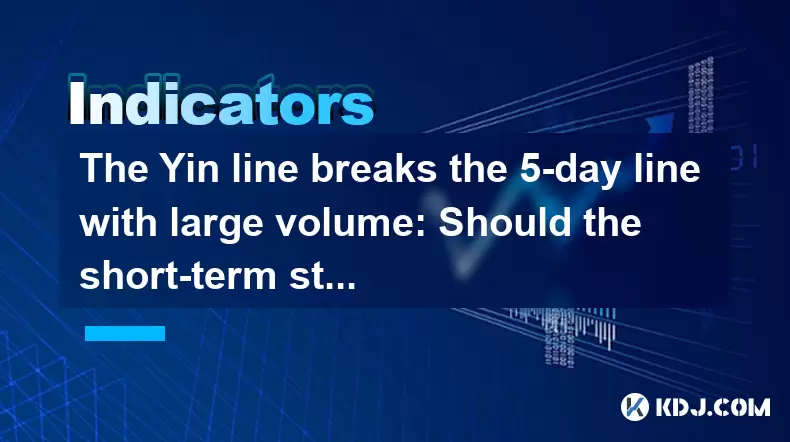
The concept of a Yin line breaking the 5-day line with large volume is a significant technical analysis signal in the cryptocurrency market. This event often prompts traders to consider their positions, especially regarding short-term stop losses. Let's delve into this phenomenon and explore whether it's advisable to implement a short-term stop loss under these conditions.
Understanding the Yin Line and the 5-Day Line
In technical analysis, a Yin line typically refers to a bearish candlestick, indicating that the closing price is lower than the opening price. On the other hand, the 5-day line represents a moving average calculated over the past five trading days. When a Yin line breaks below the 5-day line, it suggests a potential shift in market sentiment from bullish to bearish.
The Role of Large Volume
Large volume accompanying the break of the 5-day line by a Yin line is a critical factor. High trading volume indicates strong market participation and can validate the bearish signal. It suggests that many traders are actively selling, which could lead to further downward price movement.
Should You Implement a Short-Term Stop Loss?
The decision to implement a short-term stop loss when a Yin line breaks the 5-day line with large volume depends on various factors, including your overall trading strategy, risk tolerance, and the specific cryptocurrency you are trading.
Analyzing Market Context
Before making a decision, it's essential to consider the broader market context. Is the break of the 5-day line part of a larger bearish trend, or is it a temporary dip in an otherwise bullish market? Analyzing other technical indicators, such as the Relative Strength Index (RSI) or the Moving Average Convergence Divergence (MACD), can provide additional insights into the market's direction.
Setting a Stop Loss
If you decide to implement a short-term stop loss, setting the stop loss level is crucial. A common approach is to place the stop loss just below the recent low or at a significant support level. This helps to minimize potential losses if the price continues to decline.
- Identify the recent low: Look at the chart to find the most recent low price point.
- Determine significant support levels: Use technical analysis tools to identify key support levels that the price might reach.
- Set the stop loss: Place the stop loss just below the recent low or at the identified support level.
Monitoring and Adjusting the Stop Loss
Once the stop loss is set, it's important to monitor the market closely and be prepared to adjust the stop loss level if necessary. If the price shows signs of recovery, you might consider moving the stop loss up to lock in profits or reduce potential losses.
Risk Management and Position Sizing
Effective risk management is essential when dealing with stop losses. Consider your position size and ensure that the potential loss from a stop loss trigger does not exceed your risk tolerance. A general rule of thumb is to risk no more than 1-2% of your trading capital on any single trade.
Psychological Factors
The decision to implement a stop loss also involves psychological factors. Fear of missing out (FOMO) or the reluctance to accept a loss can cloud judgment. It's crucial to stick to your trading plan and not let emotions dictate your actions.
Case Studies and Examples
To illustrate the concept, let's look at a few case studies from the cryptocurrency market where a Yin line breaking the 5-day line with large volume led to different outcomes.
- Case Study 1: Bitcoin (BTC) - In a scenario where Bitcoin's price showed a Yin line breaking the 5-day line with large volume, traders who implemented a stop loss might have minimized their losses as the price continued to decline. Those who did not implement a stop loss could have faced significant losses.
- Case Study 2: Ethereum (ETH) - In another instance, Ethereum experienced a similar technical pattern, but the price quickly recovered. Traders who implemented a stop loss might have been stopped out prematurely, while those who held their positions could have benefited from the rebound.
Conclusion
The decision to implement a short-term stop loss when a Yin line breaks the 5-day line with large volume is complex and depends on multiple factors. It's essential to consider the broader market context, set appropriate stop loss levels, and manage risk effectively. By doing so, you can make informed decisions that align with your trading strategy and risk tolerance.
Frequently Asked Questions
Q1: How can I identify a significant support level for setting a stop loss?
A1: To identify a significant support level, you can use technical analysis tools such as trend lines, Fibonacci retracement levels, and previous price lows. These levels often act as barriers where the price might find support and reverse.
Q2: What other technical indicators should I consider alongside the Yin line and 5-day line?
A2: Other technical indicators that can provide additional insights include the Relative Strength Index (RSI), Moving Average Convergence Divergence (MACD), and Bollinger Bands. These indicators can help confirm the bearish signal or suggest potential reversals.
Q3: How often should I adjust my stop loss after setting it?
A3: The frequency of adjusting your stop loss depends on market volatility and your trading strategy. In highly volatile markets, you might need to adjust your stop loss more frequently to protect profits or minimize losses. In less volatile markets, adjustments can be less frequent.
Q4: Can a stop loss guarantee that I won't lose more than my predetermined amount?
A4: A stop loss does not guarantee that you won't lose more than your predetermined amount, especially in highly volatile markets where prices can gap. However, it helps to manage risk by limiting potential losses to a level you are comfortable with.
Disclaimer:info@kdj.com
The information provided is not trading advice. kdj.com does not assume any responsibility for any investments made based on the information provided in this article. Cryptocurrencies are highly volatile and it is highly recommended that you invest with caution after thorough research!
If you believe that the content used on this website infringes your copyright, please contact us immediately (info@kdj.com) and we will delete it promptly.
- Gold prices rose in the Asian trading session on Thursday
- 2025-06-07 06:40:15
- What is Core (CORE) ?
- 2025-06-07 06:40:15
- Flip a $1,000 Investment Into $90,000: These 4 High-Growth Tokens May Surpass Solana (SOL) and Ripple (XRP) in 3 Months
- 2025-06-07 06:35:12
- Bitcoin is closing in on $100,000 after US President Donald Trump teased a major trade deal
- 2025-06-07 06:35:12
- Rushi Manche's Dismissal as Movement Labs CEO Has Shaken the Blockchain Industry
- 2025-06-07 06:30:14
- Remittix's PayFi Ecosystem Might Just Possess Better Benefits Than SOL's Scalable Network
- 2025-06-07 06:30:14
Related knowledge
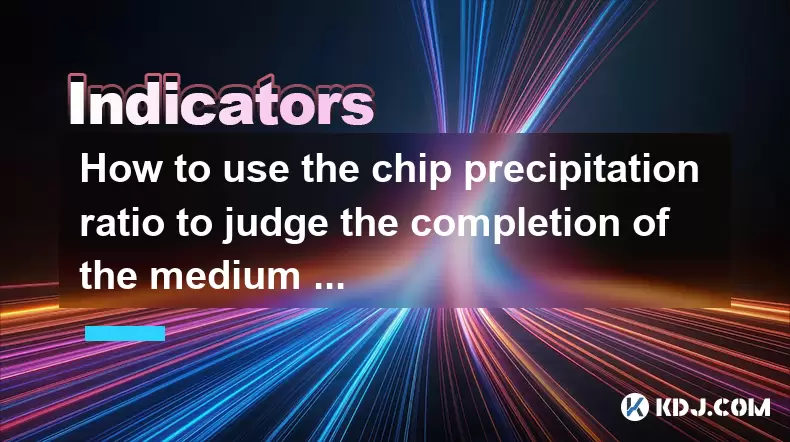
How to use the chip precipitation ratio to judge the completion of the medium and long-term bottom construction?
Jun 04,2025 at 03:36am
The chip precipitation ratio is a crucial metric used by investors to assess the accumulation of chips (or shares) at different price levels over time. This ratio helps in understanding the distribution of chips and can be a powerful tool for determining the completion of medium and long-term bottom construction in the cryptocurrency market. By analyzin...
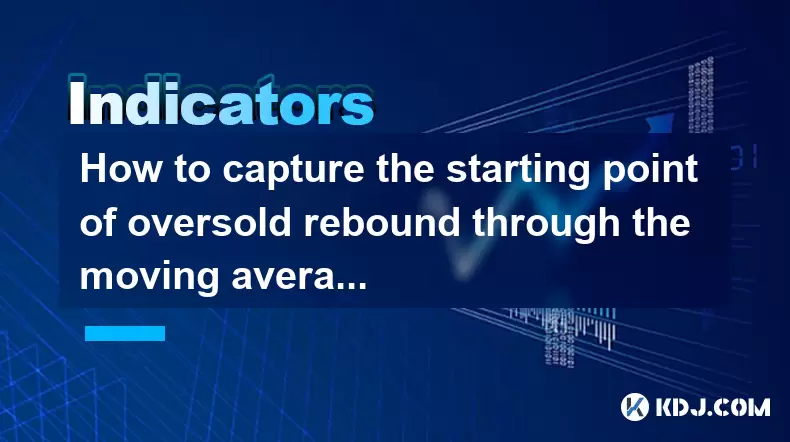
How to capture the starting point of oversold rebound through the moving average gravity reversal strategy?
Jun 04,2025 at 01:01pm
The moving average gravity reversal strategy is a sophisticated approach used by traders to identify potential entry points for buying cryptocurrencies when they are considered oversold. This strategy leverages the concept of moving averages to pinpoint moments when a cryptocurrency might be poised for a rebound. In this article, we will delve into the ...
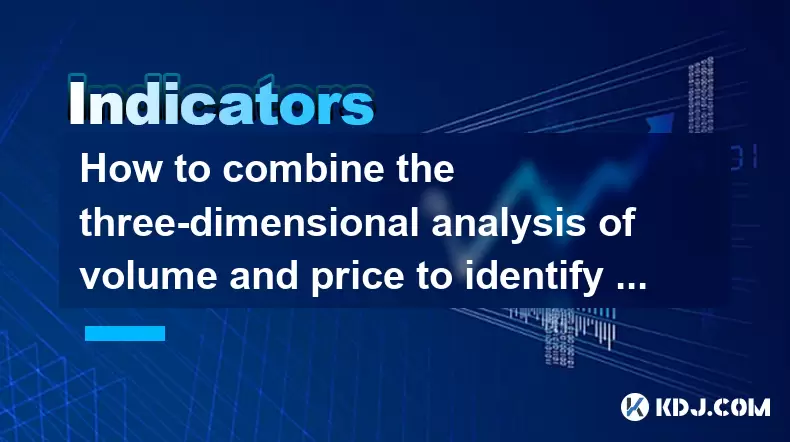
How to combine the three-dimensional analysis of volume and price to identify the golden buying point of breakthrough and retracement?
Jun 03,2025 at 11:42pm
In the dynamic world of cryptocurrencies, identifying the optimal buying points is crucial for maximizing profits and minimizing risks. One effective method to achieve this is by combining three-dimensional analysis of volume and price to pinpoint the golden buying points during breakouts and retracements. This article will delve into how to use this ap...
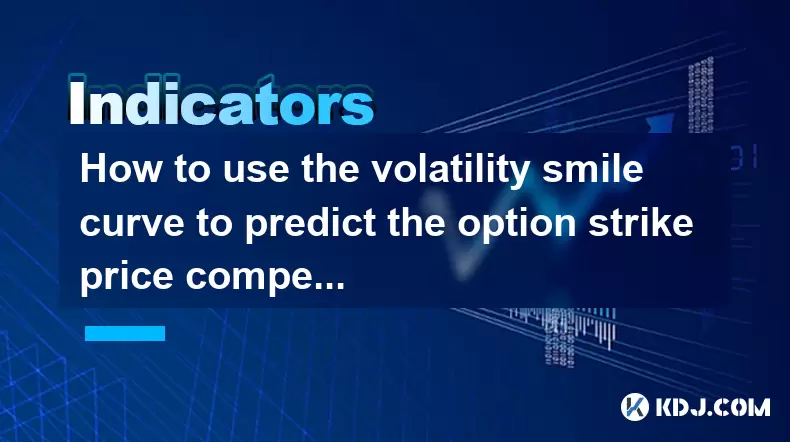
How to use the volatility smile curve to predict the option strike price competition area?
Jun 06,2025 at 01:01pm
The volatility smile curve is a graphical representation that shows the implied volatility of options across different strike prices for a given expiration date. It is called a 'smile' because the curve often takes the shape of a smile, with higher implied volatilities for options that are deep in-the-money or deep out-of-the-money, and lower implied vo...
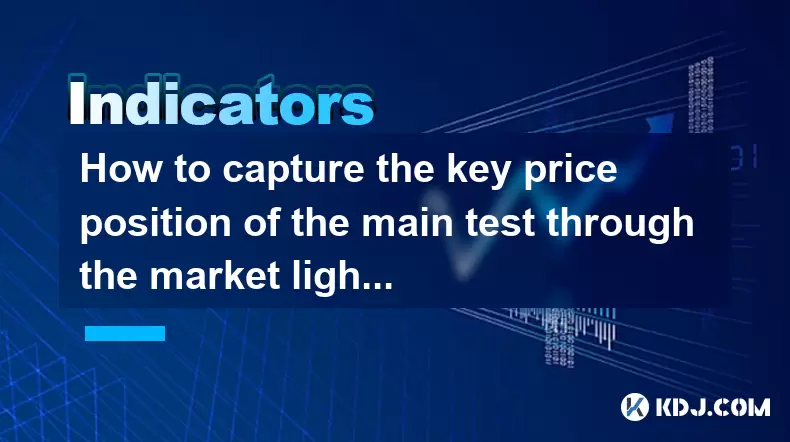
How to capture the key price position of the main test through the market lightning chart?
Jun 02,2025 at 06:07pm
Introduction to Market Lightning ChartThe market lightning chart is a powerful tool used by cryptocurrency traders to visualize price movements and identify key price positions. This chart type provides a detailed view of market activity, allowing traders to spot trends, reversals, and other significant price levels quickly. By understanding how to use ...
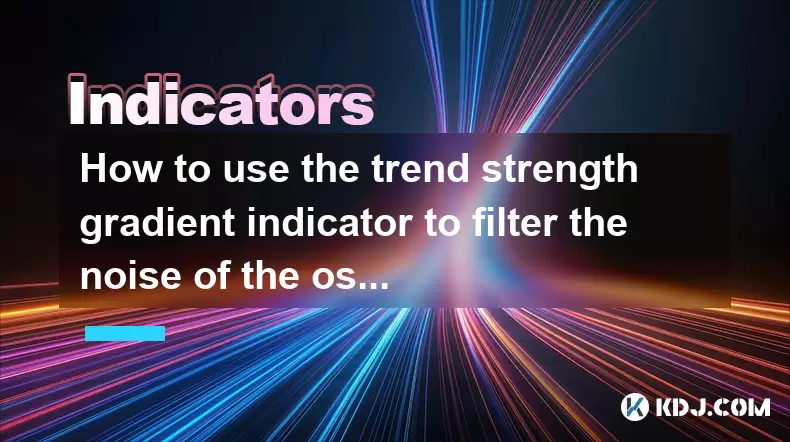
How to use the trend strength gradient indicator to filter the noise of the oscillating market?
Jun 06,2025 at 06:15pm
The trend strength gradient indicator is a powerful tool used by cryptocurrency traders to analyze market trends and filter out the noise that often accompanies oscillating markets. This indicator helps traders identify the strength of a trend, enabling them to make more informed decisions. In this article, we will explore how to effectively use the tre...

How to use the chip precipitation ratio to judge the completion of the medium and long-term bottom construction?
Jun 04,2025 at 03:36am
The chip precipitation ratio is a crucial metric used by investors to assess the accumulation of chips (or shares) at different price levels over time. This ratio helps in understanding the distribution of chips and can be a powerful tool for determining the completion of medium and long-term bottom construction in the cryptocurrency market. By analyzin...

How to capture the starting point of oversold rebound through the moving average gravity reversal strategy?
Jun 04,2025 at 01:01pm
The moving average gravity reversal strategy is a sophisticated approach used by traders to identify potential entry points for buying cryptocurrencies when they are considered oversold. This strategy leverages the concept of moving averages to pinpoint moments when a cryptocurrency might be poised for a rebound. In this article, we will delve into the ...

How to combine the three-dimensional analysis of volume and price to identify the golden buying point of breakthrough and retracement?
Jun 03,2025 at 11:42pm
In the dynamic world of cryptocurrencies, identifying the optimal buying points is crucial for maximizing profits and minimizing risks. One effective method to achieve this is by combining three-dimensional analysis of volume and price to pinpoint the golden buying points during breakouts and retracements. This article will delve into how to use this ap...

How to use the volatility smile curve to predict the option strike price competition area?
Jun 06,2025 at 01:01pm
The volatility smile curve is a graphical representation that shows the implied volatility of options across different strike prices for a given expiration date. It is called a 'smile' because the curve often takes the shape of a smile, with higher implied volatilities for options that are deep in-the-money or deep out-of-the-money, and lower implied vo...

How to capture the key price position of the main test through the market lightning chart?
Jun 02,2025 at 06:07pm
Introduction to Market Lightning ChartThe market lightning chart is a powerful tool used by cryptocurrency traders to visualize price movements and identify key price positions. This chart type provides a detailed view of market activity, allowing traders to spot trends, reversals, and other significant price levels quickly. By understanding how to use ...

How to use the trend strength gradient indicator to filter the noise of the oscillating market?
Jun 06,2025 at 06:15pm
The trend strength gradient indicator is a powerful tool used by cryptocurrency traders to analyze market trends and filter out the noise that often accompanies oscillating markets. This indicator helps traders identify the strength of a trend, enabling them to make more informed decisions. In this article, we will explore how to effectively use the tre...
See all articles

























































































